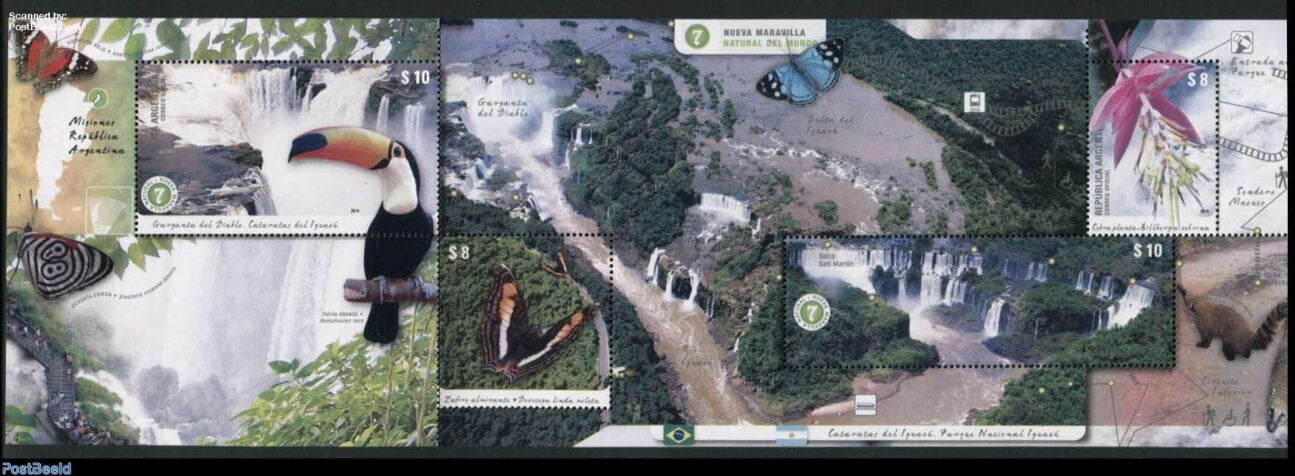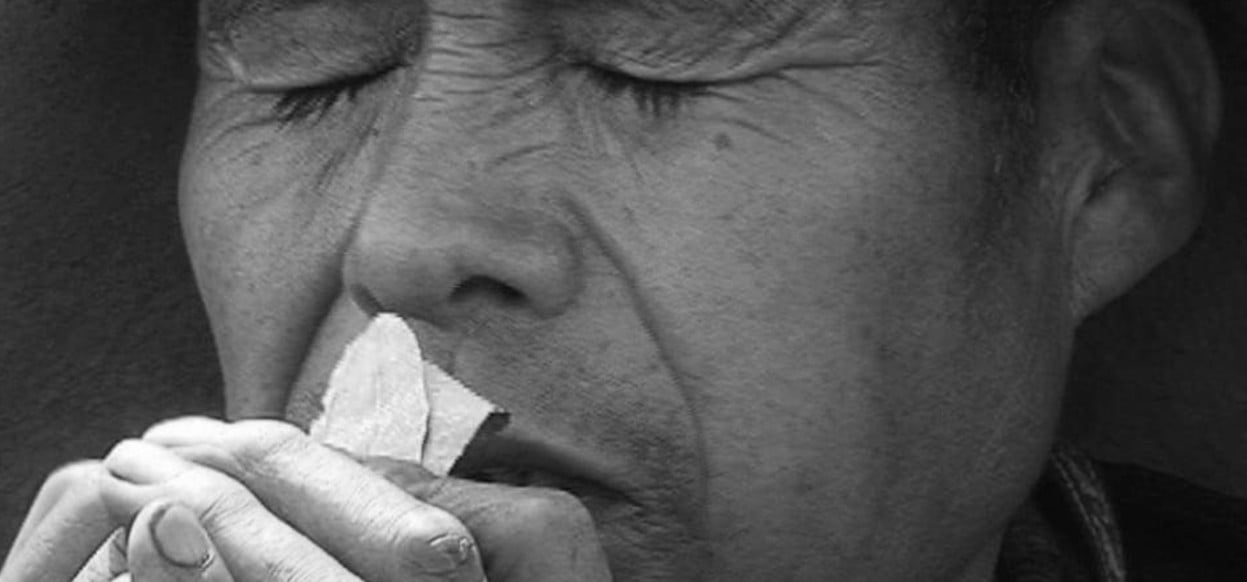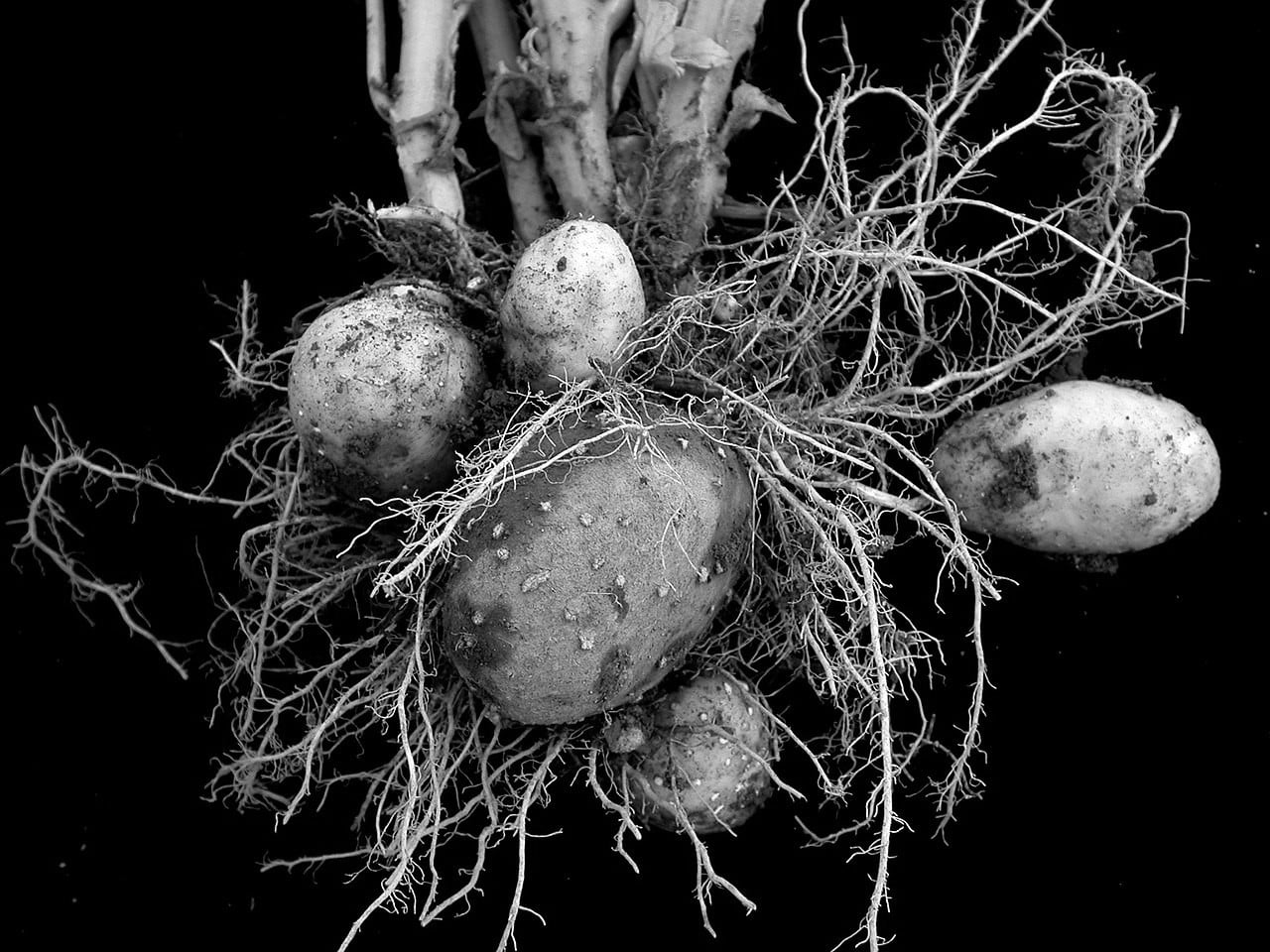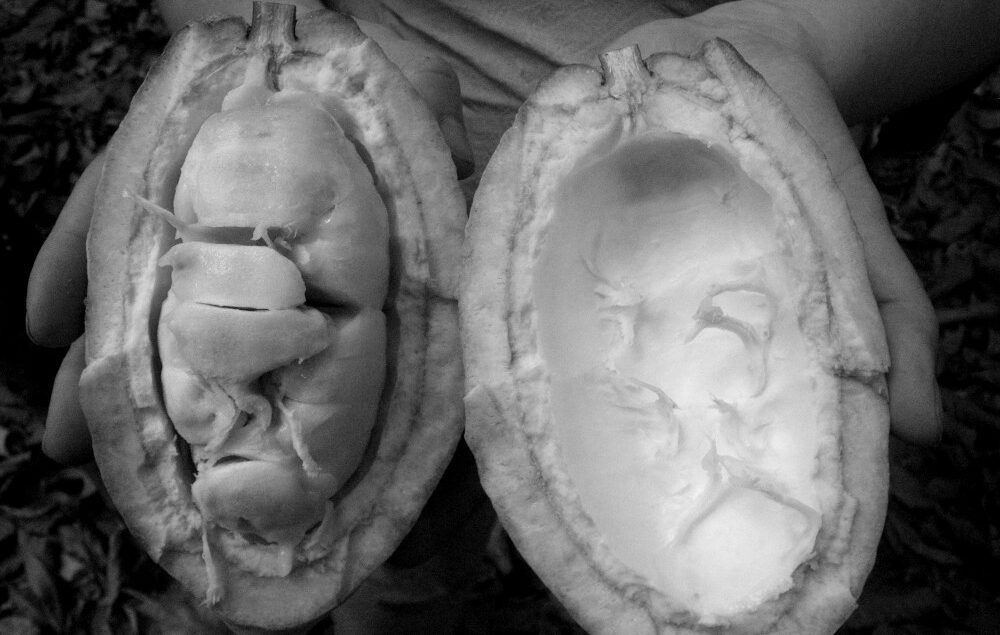This legend came to us, sitting in a restaurant in Foz do Iguacu, near the Iguazu falls, sharing our meals with a big tourist group from Brazil, luckily some spoke Spanish, so did Leticia, the Lady sitting next to me. Discover the creation story of the Iguazu falls.
She was impressing, huge all around, wearing piles of make up all over her eyes and on the head, what was looking like a big rolled up black snake – her abundant, carefully draped hair. We chat about this and that and about Iguazu, the beautiful nature and wildlife all around us. And she warned us: beware of the coatis.
Located in Misiones Province in the Northeastern tip of Argentina and bordering the Brazilian state of Parana to the north, Iguazú National Park, jointly with its sister park Iguaçu in Brazil, is among the world’s visually and acoustically most stunning natural sites for its massive waterfalls.
At the heart of the parks subtropical rainforest booms the magnificent Iguazú Falls, a trove of ear-pounding, breath-taking waterfalls crowned by shimmering rainbows and crystal mist.

The name Iguaçu comes from the language of the Tupi-Guaraní meaning “great water”. You feel the meaning of Iguaçu, the world’s largest waterfalls and by the surrounding unique landscape of the Atlantic Forest.
The Iguaçu National Park and its Atlantic Forest is a home for a great variety of fauna and flora. Over 2000 species of plants, 400 species of birds and possibly as many as 80 mammals, as well as countless butterflies and other invertebrate species live there.
The national park in Barazil became a UNESCO World Heritage Site in 1986. The adjacent Iguazú National Park in Argentina became UNESCO World Heritage Site in 1984 and together both national parks represent a protected area of about 240.000 hectares.
But beware: your food is not safe
After walking around the falls, a bag of empanadas was waiting for us. Suddenly, long-snouted hungry beasts summoned by the wafting smell of food attacked.
It was over in seconds. Ambushing us from the backside, the mother ripped open the bag next to us, with her grubby claws, and disappeared with the tasty treat. Seven baby coatis , (ko-ah-tee-s, also sometimes spelled coatie or coaties), would follow her back into the bushes. Female and young coatis commonly live in bands of 5 to 40 and travel together.

The coatis
The most conspicuous Iguazu Falls animals are the South American Coatis, (Nasua nasua), also known as the ring-tailed coati. The coati has a long, flexible snout and a slender, darkly banded tail that it often carries erect as it moves about. Members of the Raccoon family, they live both on the ground and in the trees, feeding mostly fruit and invertebrates with an occasional small animal or bird egg.
Coatis at the Iguaçu National Park are very well habituated to people. They are neither shy nor reclusive animals. They often search for invertebrates by turning over rocks or ripping open logs with their claws.
This behavior translates badly to co-inhabiting with people in places like Iguazu Falls, where coatis insistently raid rubbish bins and scatter rubbish along the trails despite the park’s authorities’ best efforts.

The sign above warns, that they can “steal” things. There’s nothing like being ambushed by hungry, deceptively cute-but-really-vicious coati, obviously do not touch them or feed them, it is wildlife after all. The Coati is quick and before you know it, they have nicked food. We are visiting THEIR habitat, and are now aware of that.
Leticias hair snakes reminds me about another snake, once living deep in the mist of the waterfall…she told us the legend of the serpent god, M’Boi that created the Iguazu falls.
MYTH: How M’Boi, the Serpent God, created the Iguazu falls
MYTH: How M’Boi, the Serpent God, created the Iguazu falls
The Iguazú falls
The vindictive snake god M’Boi is once more thirsty for blood, he looks terrifying, possesses a parrot head and a gigantic beak, his body is that of a snake. M’Boi is the protector of amphibians and swamps, loves the moisture and the flowers.
His frightening roar is to be wide heard. Every year he calls for a beautiful maiden from the Guaraní Indians. In order to soothe the god and to appease his anger, the Indians do what M’Boi demands.
Many tribes, even the distant ones, are gathering to the ceremony. During one of these gatherings Tarobá a young chief, met the beautiful Naipí, who was chosen to be thrown into the river, for M’Boi . He wanted to save Naipí by all means, and spoke to the chief tribesmen, but everything he tried was unsuccessful.

That is why, the night before the ceremony, Tarobá kidnapped Naipí and the lovers fled across the river on a canoe, trying to escape certain death. Unfortunately M’Boi saw Naipi climbing into the canoe and raced to catch up with them.
This made M’Boi so mad, that he slithered and squirmed causing the otherwise calm river to form new curves and the little canoe to rock back in forth.
When Taruba wouldn’t give up, M’Boi became absolutely furious, his mighty beatings in the river bed forced the earth to split, a rocky gorge was created: the Garganta del Diablo – the throat of the devil and the Iguazu falls.
The river spilled over the cracked earth, the lovers were trapped. Taruba was knocked out and tossed onto the embankment. Naipi was trapped inside and about to smash into the throat of the devil below when M’Boi changed her into the Waterfall, so she wouldn’t be able to run away.
Taruba saw the transformation and tried to rush down to her, but his hands were pulled into the earth by M’Boi. His fingers were stretched so deep into the embankment that they turned into roots and Taruba grew into trees – forever rooted to the earth near the falls.
This was M’Boi’s way of revenge, separating the two lovers by an enormous waterfall, so they could see each other but never touch.
M’Boi is said to lurk deep in the waters of Devil’s Throat, watching them, making sure that they never unite. Although Naipi and Taruba can never be together, they still manage to show their love, on sunny days, the young lovers manage to meet over the rainbow.
Cataratas de Iguazú
Cataratas de Iguazú
Se cuenta en esta leyenda, que hace muchos años, una enorme y monstruosa serpiente habitaba en el río de Iguazú, cuyo nombre era M’Boi. Los indígenas guaraníes que habitaban, en este lugar, tenían que dar ofrendas una vez por año a la serpiente. La ofrenda era tirar al río a un bella India, para que M’Boi se alimente y rejuvenezca.
Para esta ceremonia, se unían diferentes tribus guaraníes. Un año, vino una tribu guarní alejada, comandada por un cacique, cuyo nombre era Tarobá, quien al ver a Naipí, mujer que iba a ser sacrificada ese año. Se enamoró perdidamente y pidió a los sacerdotes que no la sacrifiquen, a lo que los sacerdotes se negaron, pues la ira de la serpiente era destructora. Una noche, antes del sacrificio, Tarobá, raptó a Naipí e intentó escapar por el río, pero M’Boi se enteró y se enfureció tanto que encorvó su lomo y salió presuroso al alcance, formando así, la garganta del diablo y las cataratas de Iguazú, fue muy fácil atrapar a Tarobá y a Naipí, quienes fueron castigados. A él lo transformó en los árboles que hoy podemos ver en la parte superior de las cataratas y a la cabellera de la bella Naipí en la caída de las mismas.
Luego se sumergió en la Garganta del Diablo, y desde ahí vigila que los amantes no vuelvan a unirse, pero, sin embargo, en días de pleno sol, el arco iris supera el poder de M’Boi y los une.

Wildlife of Iguazu
The Nature trail opposite Belmond Hotel on the Brazilian side of the falls, – is a great place to spot Black capuchins, Azara’s agouti, Red- brocket deer, Green-headed tanagers and Blue dacnis or Turquoise honeycreeper.
Devil’s Throat is where we saw the Great dusky swifts clinging to the cliff face behind the veil of the falls.
The Visitor Center area is a good place to check out the breeding colony of Red-rumped cacique and to spot Toco toucans and other birds
Macuco Trail is a great way to get away from the crowds and to explore some of the park’s wild inhabitants, like deer, Swallow tanager, Ultramarine grosbeak and lot’s of butterflies. The forests around Iguassu Falls enjoy constant warm temperatures and high humidity making them a heaven for invertebrates, like the butterflies.
Plush-crested jays are noisy social birds seen everywhere around the park.

In these forests you can observe a great variety of different animal and plant species. Some of them are endangered like for example the jaguar (Panthera onca). And some of them are very elusive and difficult to spot like the puma (Puma concolor) or the broad-snouted caiman (Caiman latirostris). But also among birds you can find some endangered species in the Iguaçu National Park like e.g. the vinaceous-breasted amazon (Amazona vinacea) or the harpy eagle (Harpia harpyja).
We did not see any of these rare or elusive animal species in the wild, but they are sad sitting in cages…
There is a bird park Parque das Aves or the Triple Border (Brazil – Argentina – Paraguay) or the Itaipú dam at the Rio Paraná – the largest hyrdoelectric power plant in terms of energy production, where you can spot wildlife too.
We enjoyed observing the coatis in their natural habitat in the park. They are interesting little animals and very clever.

~ ○ ~
Keep exploring:
Works Cited & Multimedia Sources
- Video: Maurício Appel. Documentário sobre A Lenda das Cataratas do Iguaçú.
- Marisa Lopez Palmeyro. La leyenda de las cataratas del iguazú.
- Romário Martins, Paiquerê: mitos e lendas. 1940.
- The Iguazu Falls. Unesco.
- https://www.thecrimson.com/article/2017/7/18/spohn-coatis-postcard/
- The Guarani. Survival International.
- Portal Guarani. Multilingual: arts, literature, and history, created or written by guaranies.



